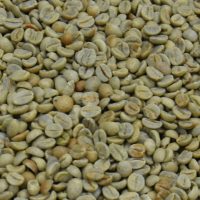 Welcome to the fourth instalment of my Coffee at Home sub-series looking at the coffee itself. In Part I, I looked at the concepts of direct trade and explained why knowing where your coffee comes from is important. Part II, meanwhile, was all about blends, the art of combining different coffees in order to create a specific taste profile, which neatly leads us Parts III and IV, which are all about why coffee tastes the way it does.
Welcome to the fourth instalment of my Coffee at Home sub-series looking at the coffee itself. In Part I, I looked at the concepts of direct trade and explained why knowing where your coffee comes from is important. Part II, meanwhile, was all about blends, the art of combining different coffees in order to create a specific taste profile, which neatly leads us Parts III and IV, which are all about why coffee tastes the way it does.
In previous instalment (Part III), I introduced the idea that pretty much everything has an impact on how your coffee tastes, all the way from the farm to the roaster. I also nailed a common misconception that coffee from a certain country/region tastes in a particular way. Finally, I provided some (hopefully) useful advice on tasting notes and how to read the information on coffee packaging.
In this, Part IV, I’m looking at what, for me at least, are the two biggest factors determining a coffee’s flavours. The first, which takes place at origin, is processing, while the other is the final step before the coffee gets to you/the coffee shop, namely roasting. Hopefully, I’ll be able to unpack some of the mystery!
If you’re ready, we’ll start after the (very small) gallery.
Let’s start with a basic introduction to coffee, an expanded version of which you can find in Chapter 2 of my book, The Philosophy of Coffee. Going back to first principles, coffee is the fruit of the coffee tree (or bush, if you prefer) which grows at varying altitudes, primarily in the tropical regions. A typical tree, grown from seed, takes three to five years to mature into a flowering plant, with the flowers maturing once or twice a year into ripe cherries.
Strictly speaking, coffee beans are seeds, which you find inside the cherry. The first step, after harvesting the ripe cherries, is to extract the beans/seeds. While varying in size, coffee cherries have a very specific structure, starting with the outer skin, inside which is the sweet, fruity pulp. This usually contains two hemispherical seeds (except for the single-seed Peaberries), wrapped in a thin layer called the silverskin, which in turn is surrounded by a protective layer known as the parchment.
The technique of stripping the seed of its protective coverings (silverskin, parchment, pulp and outer skin) is known as processing or milling. There are three principle methods: washed, natural and pulped natural, the oldest of which, the natural method, originated, along with coffee, in Ethiopia. In a process which is still used today, whole cherries are left to dry in the sun, natural fermentation breaking down the cherry, which is removed (by washing) at the end of the process.
The main alternative is the washed method. Here the outer skin is mechanically removed, then a water-intensive process, which uses up to 20 times the weight of beans in water, strips the pulp from the beans, which are then left to dry.
The pulped natural method (sometimes called honey process) combines the two techniques. As in the washed method, the outer skin is mechanically removed (known as pulping), but the resulting fruit is left to dry, as in the natural method.
Regardless of the method, it takes at least two weeks to process and then dry the beans before they are sent to a dry mill. Here any remaining parchment and skin is removed, before the resulting green beans, as they are known, are graded and sorted.
More recently, coffee farmers and mills have started to experiment with fermentation during processing. Technically, all coffee processing involves a fermentation stage: even with washed coffees, there is a short period of fermentation while the pulp is stripped from the beans. In the newer fermentation techniques, coffee farmers are looking to control the fermentation to enhance specific flavours in the coffee, often using techniques inspired by (or borrowed from) the wine industry.
Fermentation can be split into two broad categories: dry (which is what happens in natural processing) and wet (washed method). If fermentation is described as anaerobic, this means that the beans are fermented in the absence of oxygen, usually in a sealed tank (wet) or sack (dry). In contrast, in the natural method, the coffee cherries are left to ferment in the open air, so this aerobic fermentation. You can read about some of these developments in my post about three micro-lots from Crankhouse Coffee, where the different coffees employed various fermentation techniques.
Regardless of the fermentation technique used (and sometimes there are two fermentation stages), the resulting green beans end up being dried, before being sent to the dry mill (described above).
The graded and sorted green beans are now ready for roasting, which you can read about after the gallery.
Roasting is the final step which produces the familiar brown beans that most of us know as coffee. If you’ve ever stuck your head in a sack of green beans and sniffed hard, you’ll be hit by an intense, vegetal smell. Compare this to the familiar aromas from a bag of coffee beans. This is the result of roasting, the process of applying heat to the green beans.
Roasting causes chemical reactions between the acids and sugars in the bean, followed by caramelisation of the sugars, leading to the development of the familiar flavours. There are also physical changes. First the water vapour is driven off (known as first crack, literally a cracking of the beans as water vapour violently escapes). Then, if you roast for long enough, there’s the second crack as excess CO2 escapes.
Originally, roasting was done in a large pan over an open flame, a technique still used in coffee-growing regions around the world (and something you can do at home; personally I use a wok, but a large frying pan works just as well). These days, drum roasters are the most common method, a technology that has not changed much in basic principle for about 100 years. Typically a gas flame heats a large, rotating metal drum which contains the green beans.
However, in recent years, hot air roasters have become more common. These work by heating the air (usually electrically), then passing the hot air through the green beans. This is sometimes known as “fluid bed” roasting and can be fun to watch if the roaster has transparent sides as the beans seem to float on a bed of hot air. In theory, these roasters can be more energy efficient (eg only the air is heated rather than a large, metal drum) plus the potential for the surface of the coffee to be burnt (eg when it comes into contact with the drum) is reduced.
Whichever method you use, the final step of roasting is cooling. The roasted beans are removed from the heat source and then cooled as quickly as possible to stop any further roasting. At home, I use a flat metal tray and natural airflow, but commercial roasters have cooling pans, where rotating arms constantly move the beans, while cold air is passed through or across the beans. This can often be the most dramatic part of roasting as the freshly-roasted beans cascade out of the roaster and into cooling pan.
So, that’s processing and roasting coffee in a nutshell. But how do these two steps affect the way coffee tastes? We’ll find out after the gallery.
In simple terms, processing changes the way that the coffee tastes depending on how long the green bean (that is, the seed) is in contact with the pulp of the cherry. The longer the contact, the more the flavours of the fruit impact the coffee. As a result, naturally-processed coffees, where natural fermentation breaks down the body of the cherry with the seed is still inside it, typically exhibit strong, fruity, sweet flavours with plenty of body.
In contrast to natural coffees, washed coffees, where the pulp is removed almost immediately, are often cleaner-tasting and exhibit more subtle flavours. Unsurprisingly, the pulped natural process sits somewhere between the two, typically exhibiting high levels of sweetness, with more acidity than their natural counterparts and with more body than washed coffees.
Of course, in the same way that you can’t say all coffee from one country tastes a particular way, you can’t say all coffees using the same processing method taste the same. However, processing has a big impact on a coffee’s flavour and its one of the first things I look for when assessing a coffee. I don’t have a favourite method, but I do like a good natural: there’s something about the bold, juicy flavours that really appeals to me. On the other hand, the subtle, delicate flavours of a good washed coffee can’t be beat.
Turning to roasting, the impact on flavour depends mostly on how long the coffee is roasted, which in turn determines the colour of the coffee. Very lightly roasted coffee can be under-developed, coffee having a green or grassy flavour to it. A good light roast, however, will have a light brown colour with no surface oils. These roasts typically bring out the delicate flavours in the coffee and accentuate the acidity in the coffee.
At the other end of the scale, dark roasts tend be dark brown or even black in colour and they can be oily on the surface. Dark roasts tend to have less complex flavours, with little sweetness or acidity. In the middle are the medium roasts, often associated with the term “well-balanced coffee”, where there is a balance between sweetness and acidity. If you want to get technical, dark roasts are those where the beans have been through the second crack, while even a light roast will have been through first crack.
I have a strong preference for lighter roasts, something I have in common with much of the specialty coffee industry. Although you can roast dark and still produce well-rounded, great-tasting coffees, for me, the darker the roast, the more I’m tasting the roast itself and not the flavour of the underlying bean, which is what I’m interested in.
So, what should you look for? If you can see the beans, I tend to steer clear of anything that is dark or oily. Another thing to watch out for is uneven roasts, particularly where individual beans are different colours, for example, one side is dark and the other light. Ideally, you want the beans to be broadly similar in colour, although if you are looking at a blend, be aware that the different components may have been different roast levels, so you may see a broader range of colours.
If I’m going on the roaster’s description, I avoid terms like dark roast. I’m even suspicious of anything described as medium-dark these days! There is, by the way, a whole vocabulary of roasting levels, with terms such as “cinnamon” (a light roast), “city” (medium), “French” (dark), but it tends to be used more in America than in the UK in my experience and less so in speciality circles.
Another angle is whether the coffee is roasted for espresso or filter. Typically, roasting for espresso leads to a slightly darker roast, although there is a school of roasting called omni-roasting where there’s no distinction between espresso or filter roasts. Instead, the roaster seeks to unlock the specific flavours within the bean rather than focusing on a specific brew method.
So, there you have it. A short, and hopefully well-balanced overview of roasting and processing.
If you liked this post, please let me know by clicking the “Like” button. If you have a WordPress account and you don’t mind everyone knowing that you liked this post, you can use the “Like this” button right at the bottom instead. [bawlu_buttons]
Don’t forget that you can share this post with your friends using buttons below.


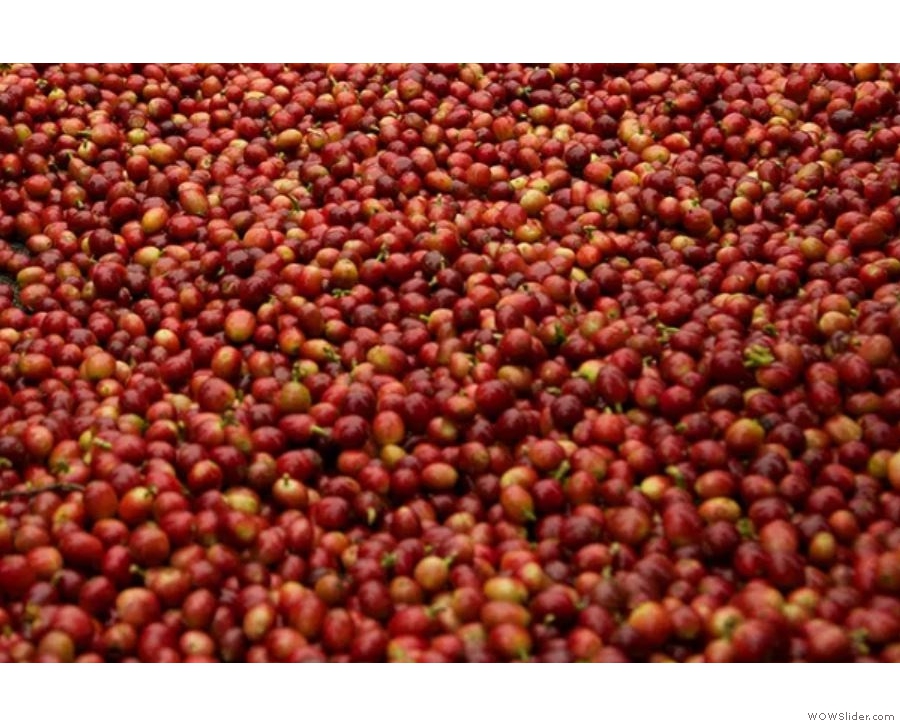
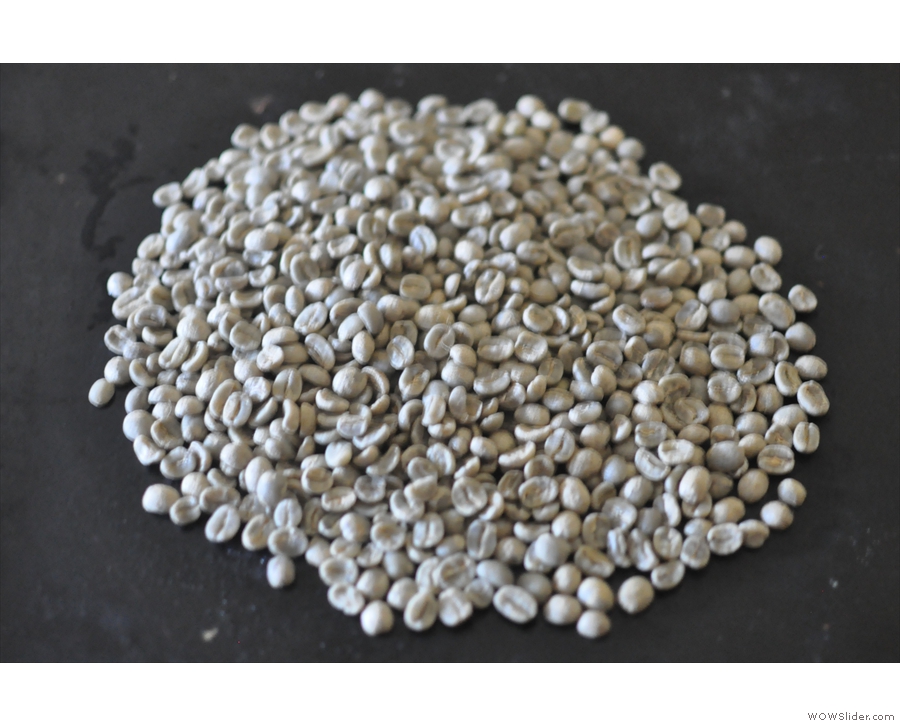
 1
1 2
2 3
3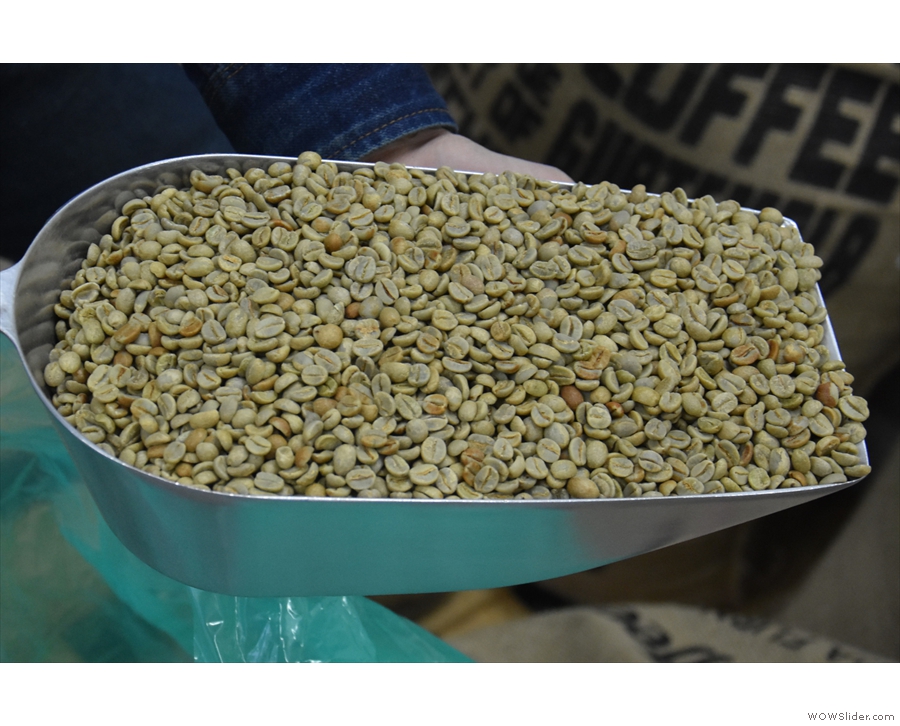
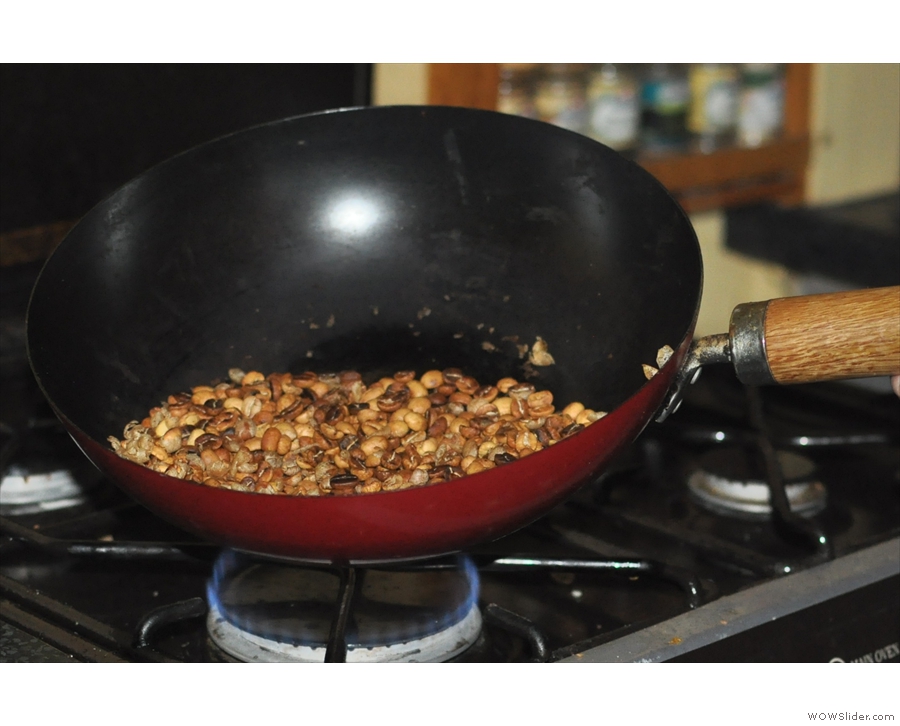
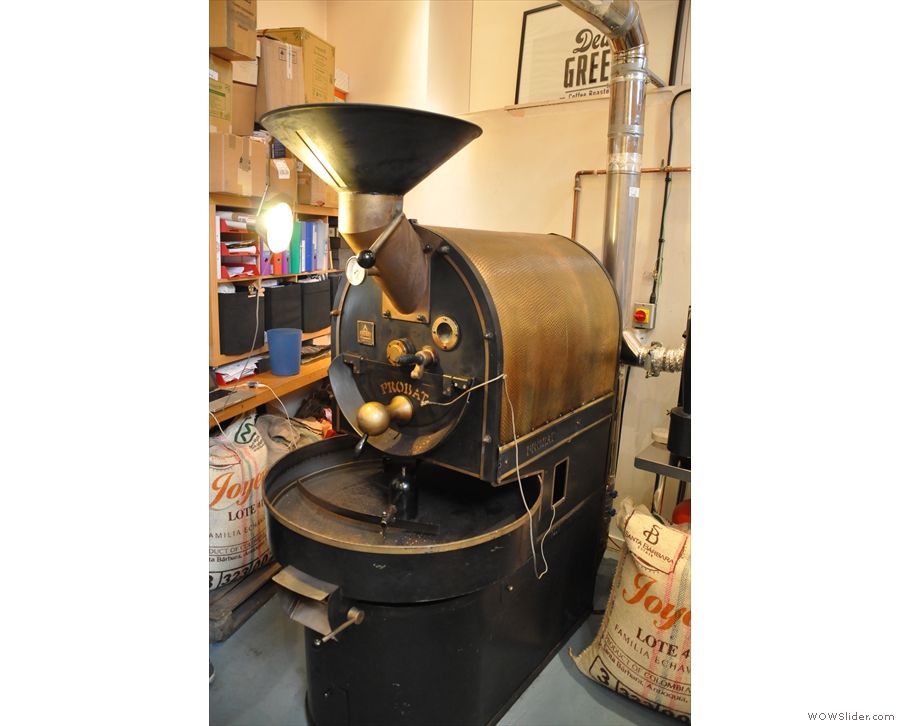
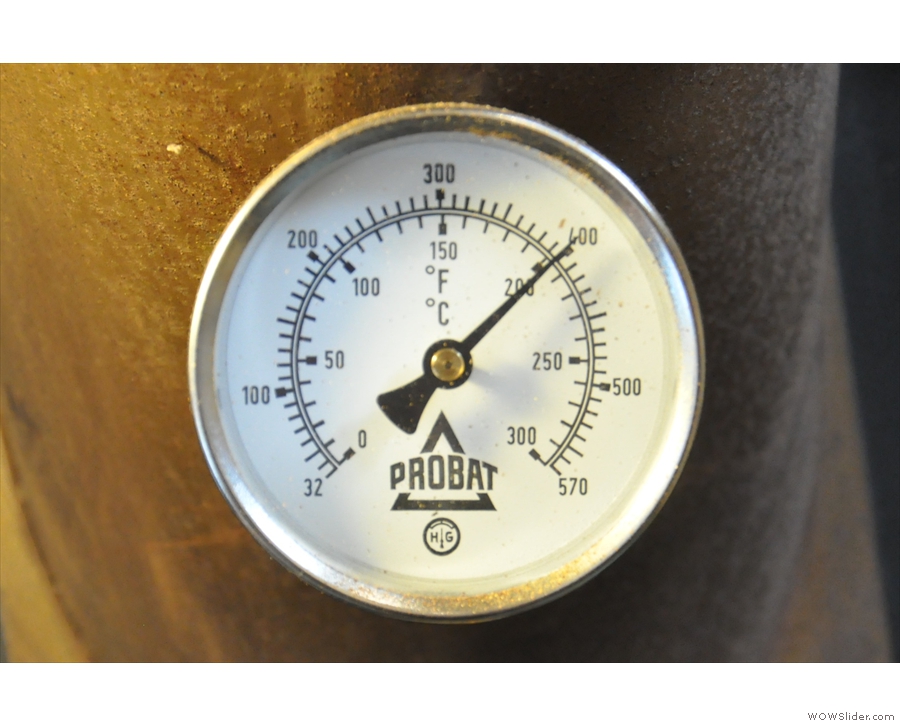
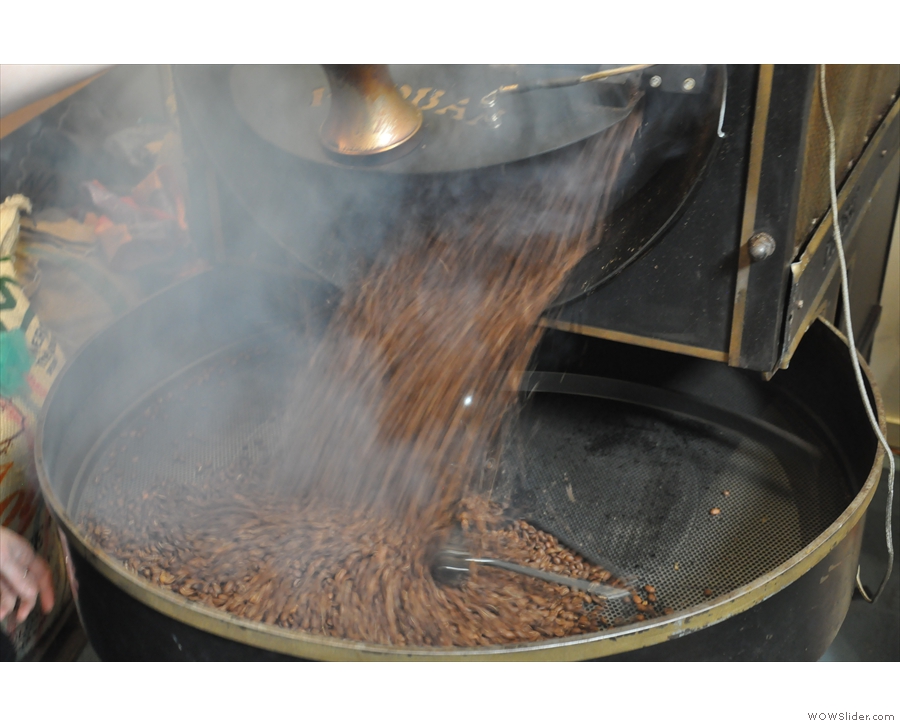
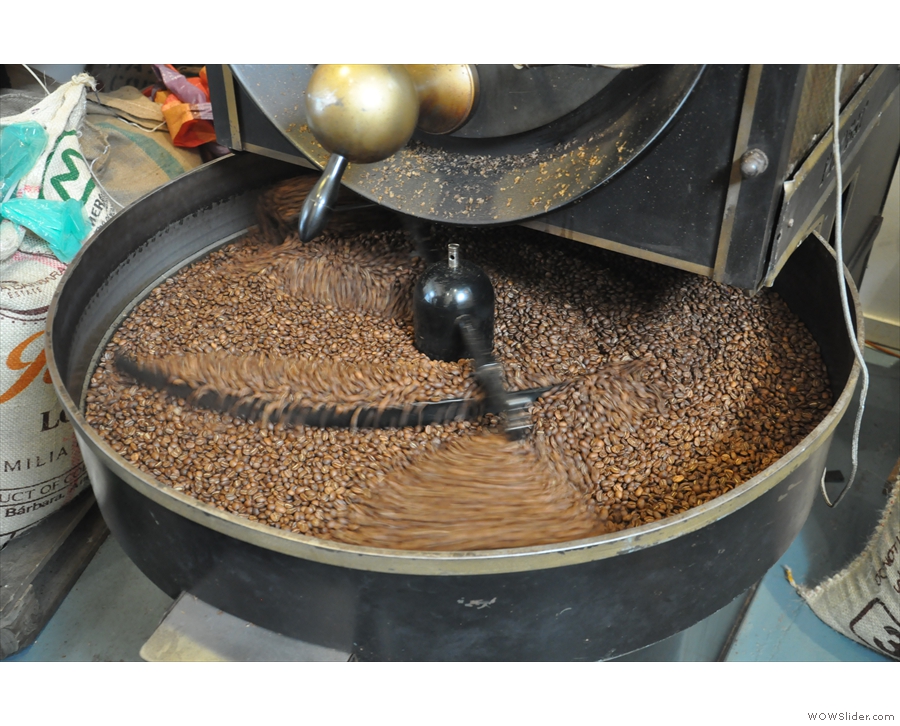
 1
1 2
2 3
3 4
4 5
5 6
6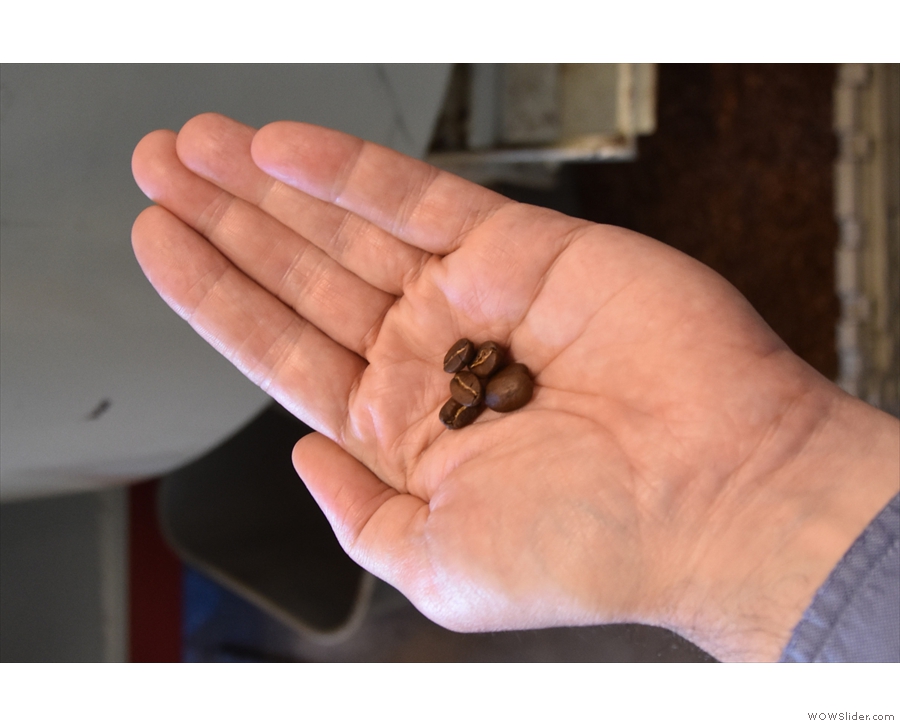
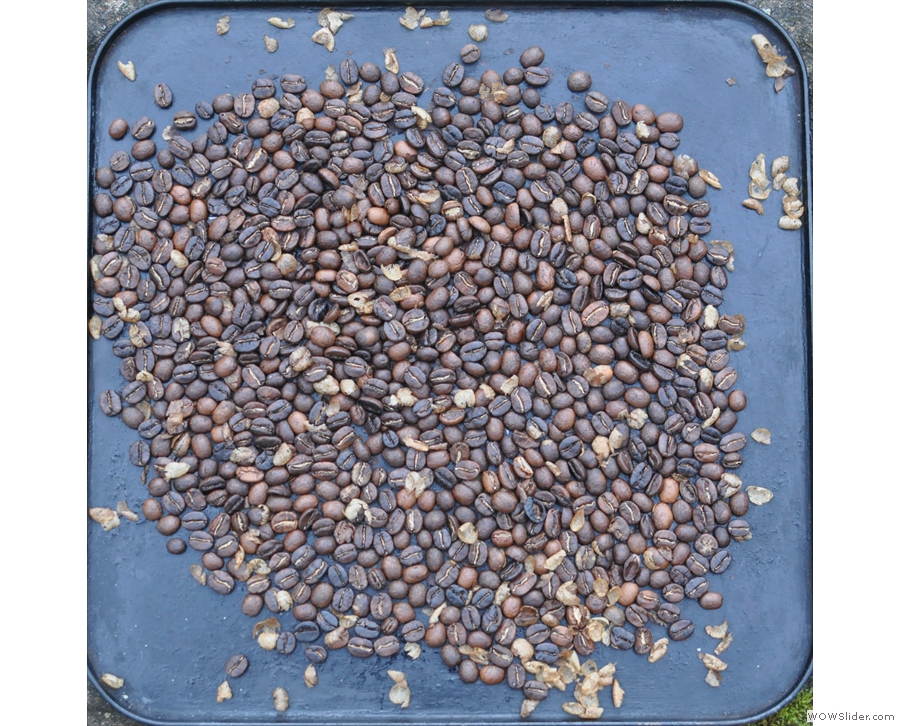
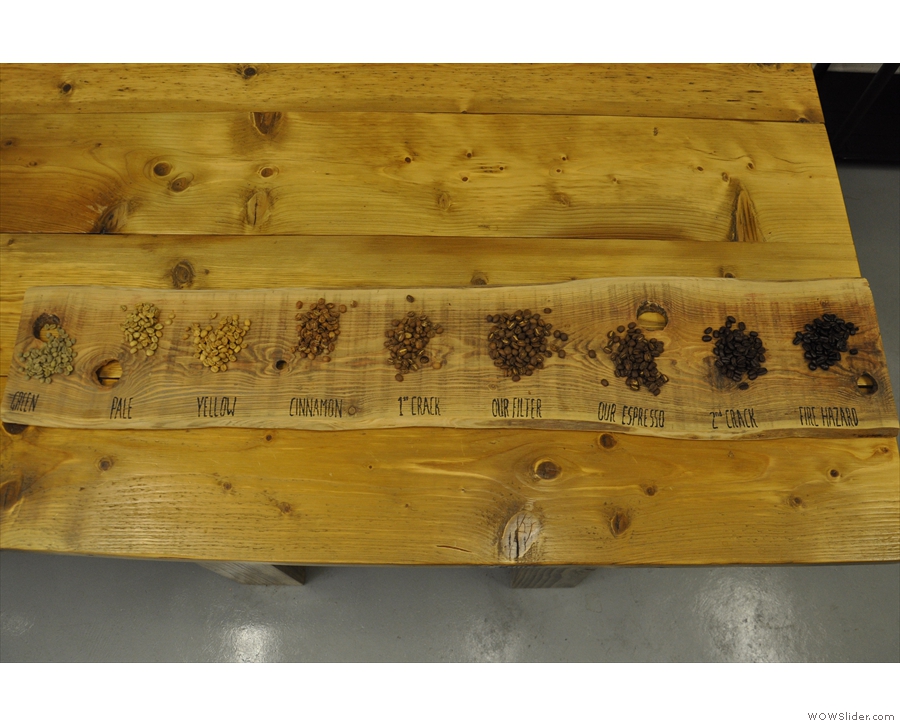
 1
1 2
2 3
3
Pingback: Coffee, Part III: Tasting Notes | Brian's Coffee Spot
As a former roaster, I can appreciate the vegetal smell of the green beans – kinda liked it..fab post!
Thanks 🙂
Pingback: Meet the Roaster: Chimney Fire Coffee | Brian's Coffee Spot
Pingback: Chimney Fire Coffee: El Salvador Three Ways | Brian's Coffee Spot
Pingback: Taylors Discovery: As One Washed & Natural | Brian's Coffee Spot
Pingback: Three Micro-lots from Crankhouse | Brian's Coffee Spot
Roasting is the final step which produces the familiar brown beans that most of us know as coffee, I am not agree with this line
Which part of it are you disagreeing with? I say at the very start of post that roasting is “the final step before the coffee gets to you/the coffee shop”, so it needs to be seen in that context.
Brian.
Pingback: Frontside Coffee Roasters | Brian's Coffee Spot
Pingback: Little Woodfords (COVID-19) | Brian's Coffee Spot
Pingback: Coffee, Part V: Taste | Brian's Coffee Spot
Pingback: What is “Real” Coffee | Brian's Coffee Spot
Pingback: Five Elephant Kreuzberg | Brian's Coffee Spot